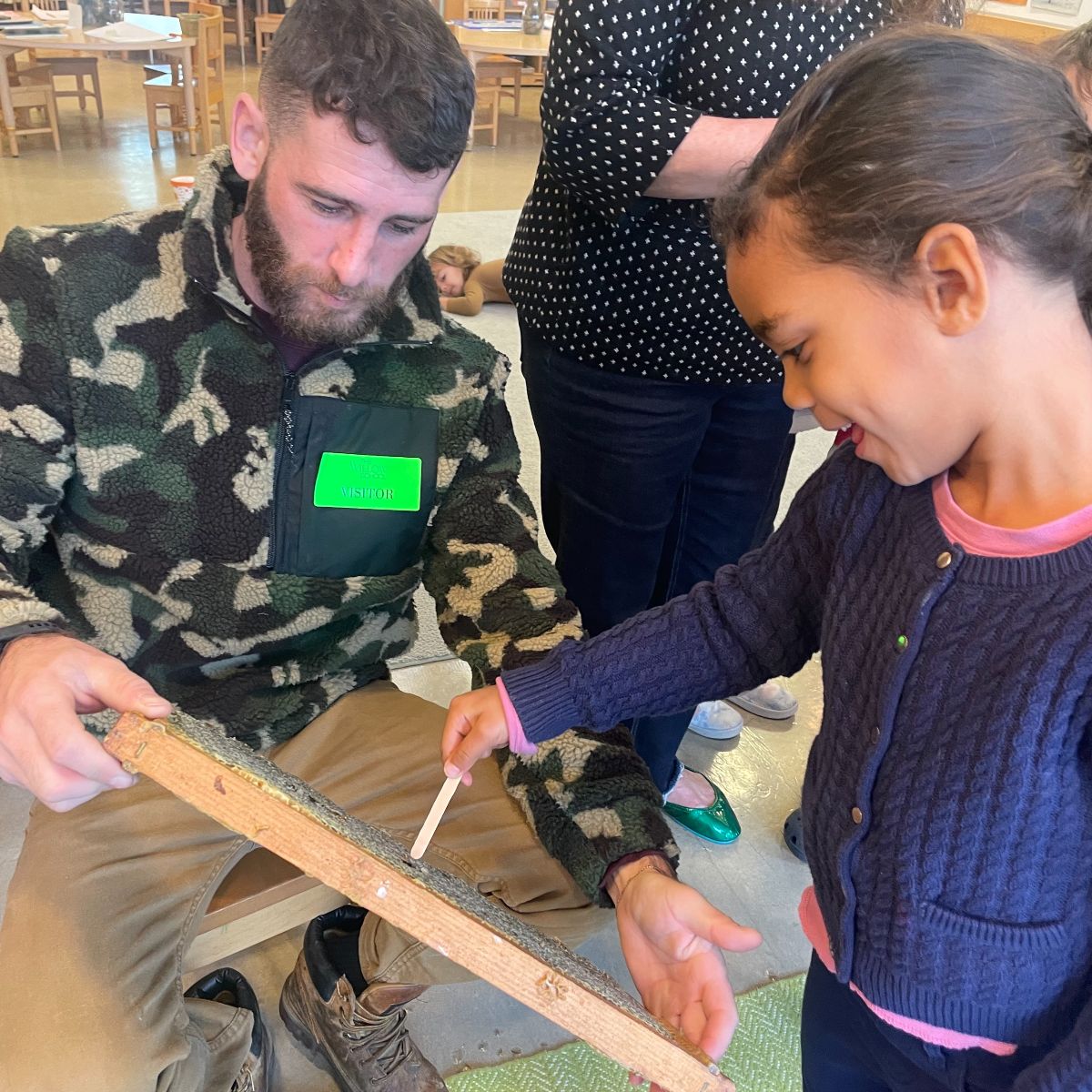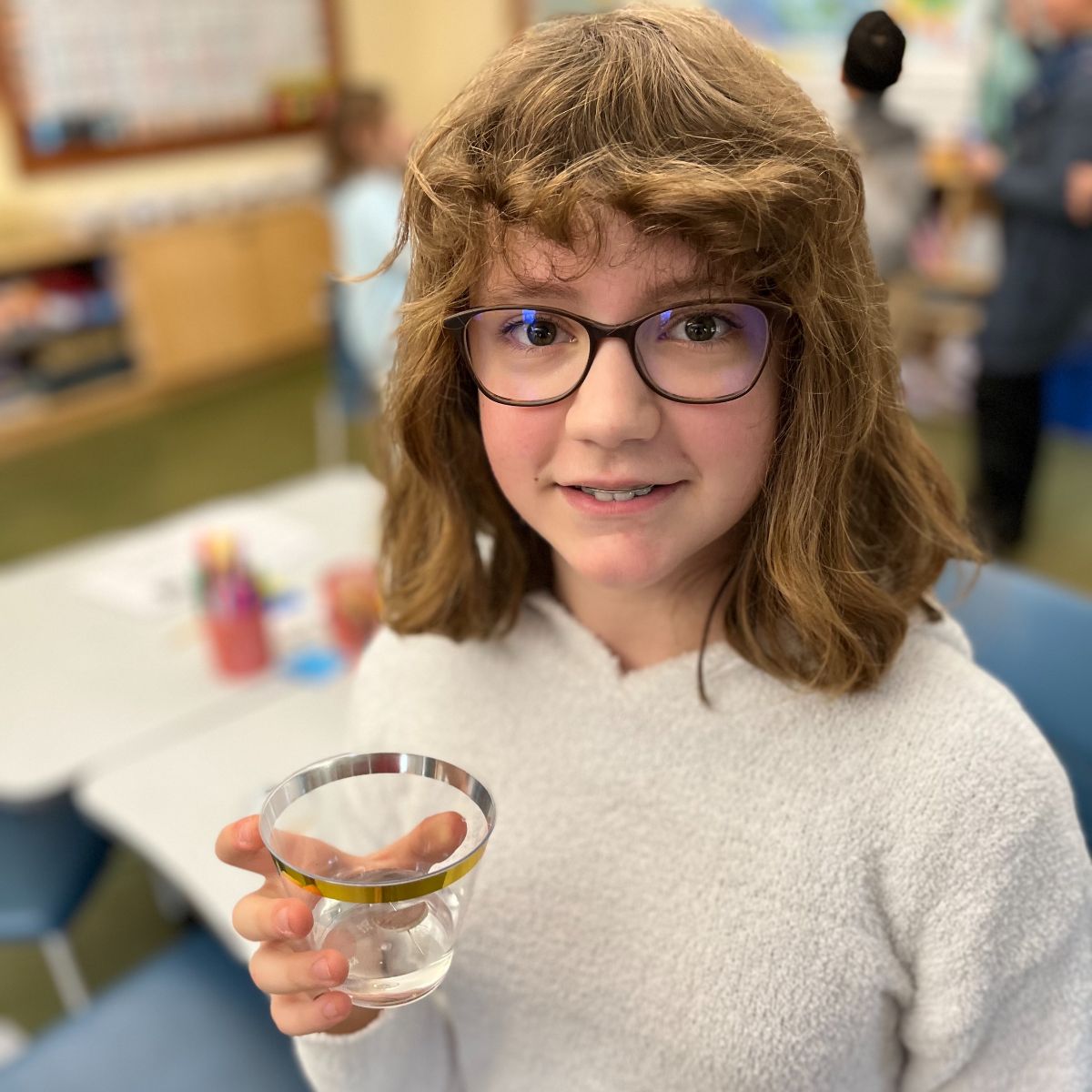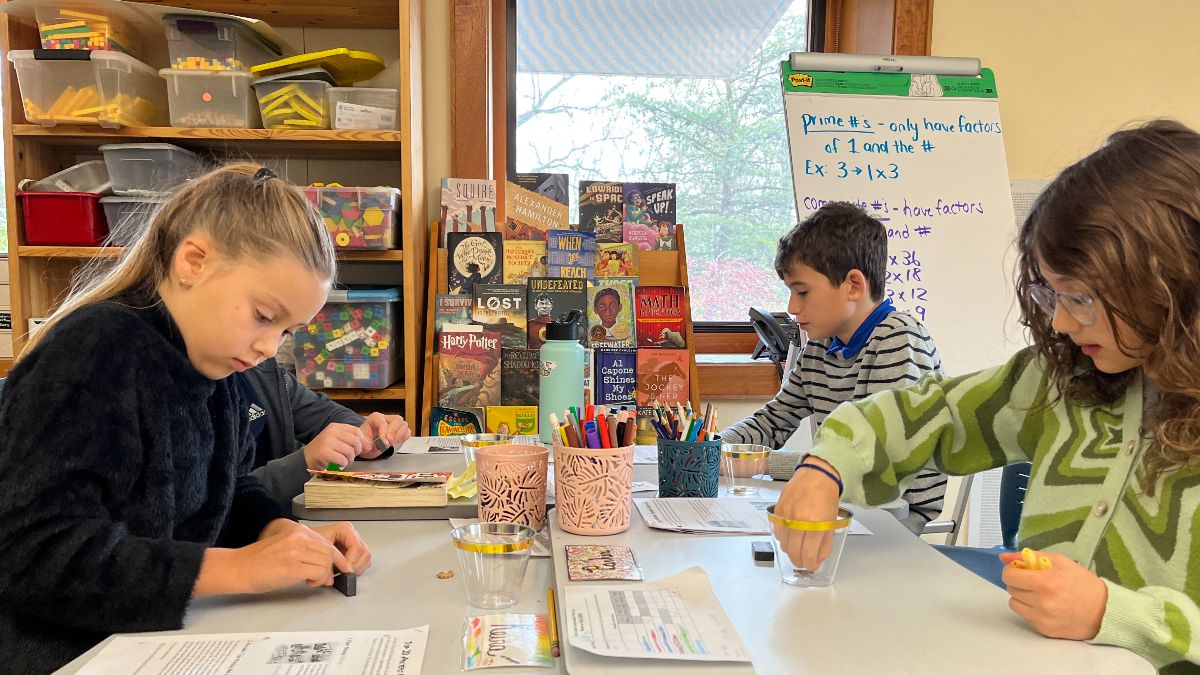Learn more about our Lower School curriculum in our new blog series! First, we’re diving into Willow’s social studies program from grades Preschool to Grade 5. Our social studies curriculum is deeply connected to our school’s mission, which emphasizes the importance of learning about our place and empowering students to make positive changes in their communities.
Our social studies curriculum is characterized by inquiry; each grade begins with an essential question that guides the learning. As they guide students to consider this question through curated books, experiences, and conversations, teachers respond to the unique personalities, interests, and experiences of each new class. For this reason, the social studies inquiries evolve from year to year.
Progressing from Preschool to Grade 5
Our thoughtfully designed approach to Social Studies, refreshed for this school year, teaches students to understand human communities as part of a system that includes the geography and living creatures of that place. Once they have a clear understanding of our community and our relationship with our place, students apply this structure to learning about early human history and ancient civilizations. This sets the foundation for a deeper understanding of the systems, cultures, and history that will be studied in middle and high school.
- In early childhood (Preschool-K), we begin by experiencing the basic elements of earth, air, fire, and water and discovering the interconnection and interdependence between living things.
- In lower elementary (Grades 1-3), students recognize these elements and relationships here on the Willow campus and in our local community, cultivating a strong sense of place before students begin to understand this place in the context of the wider world. The understanding of interdependence is applied to how humans interact with the place in which they live to meet their basic needs. Students discover how we both impact and are affected by the place in which we live.
- In upper elementary (Grades 4-5), students begin a chronological and thematic approach to human history, building on the understanding of the interaction between place, humans, and other living things. This foundation allows their study of early and ancient human history to reveal how human culture, including belief systems, economies, and social structures evolved in relationship to geographical elements.

Willow kindergarteners discover bees’ role in our interdependent ecosystem.
Curriculum in Action: Classroom Highlights
KINDERGARTEN: The question that guides the kindergarten inquiry is, “How are living things connected?” This year-long exploration is integrated into science, language arts, virtues, service learning, and more. In the course of this inquiry, students learn about the living things with whom we share the Willow campus. Beatrice the Bee lessons provide opportunities to explore interdependence and ethical decision-making through stories about a community of bumblebees.
Students dive deeper into understanding the life of bees and the important role they play by meeting local beekeepers. In November, beekeepers Lindsey and Bobby visited the kindergarteners to help them learn more about the honeybee. They brought in a real frame covered in beeswax and honey, and students tasted delicious honey straight from the hive! This engaging, hands-on learning is reflected in their on-campus service learning project: contributing to the health of our place by planting flowers for our Willow bees.
FIRST GRADE: Willow’s first grade curriculum builds on students’ understanding of interdependence and the place in which we live as they ask, “How have people in this place met their basic needs?” This social studies imaginative inquiry integrates naturally with learning in language arts, math, science, and handcrafts. As the Children of the Forest, the first graders are invited to pretend that they must figure out how to meet their needs for food, water, and shelter here in the Willow woods.

Fifth graders integrate STEAM activities with their social studies, too!
FIFTH GRADE: Willow fifth graders investigate ancient civilizations, inspired by the question, “How did geography, culture, and power develop in early civilizations?” Recently, students got a chance to work with Middle School Science Teacher Ms. Caitlin, to incorporate STEM into their Social Studies lessons by building compasses.
Fifth graders learned that the first compass was created in China over 2,500 years ago. The early people built the first compasses using lodestone, a natural permanent magnet that aligned itself with the Earth’s magnetic field. Our 5th graders created a modern compass from a needle and cork. First, they magnetized the needle, then inserted it into a piece of cork, and finally floated it in water. Classmates watched as all of the compasses pointed north, allowing the class to identify the cardinal directions in their classroom. Students are looking forward to more ancient Chinese STEM projects in the near future, including paper making and woodblock printing.
See our Social Studies curriculum in action – visit Willow today! It’s not too late to apply for the new school year. Start a conversation with our Director of Enrollment Management, Lisa VanderVeen, to learn more.

